The Vienna Kindergarten
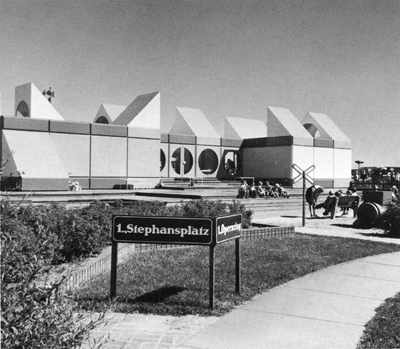 During Expo 67, some 3200 children attended the Vienna Kindergarten.
During Expo 67, some 3200 children attended the Vienna Kindergarten.Located on Île-Sainte-Hélène near the China pavilion, the Vienna Kindergarten looked like a collection of giant red, green, yellow and brown building blocks with huge circular or half moon windows and skylights.
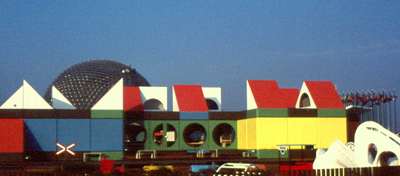 Sponsored by the city of Vienna, the building was designed by Karl Schwanzer, who was also responsible for the Austrian pavilion at Expo 67.
Sponsored by the city of Vienna, the building was designed by Karl Schwanzer, who was also responsible for the Austrian pavilion at Expo 67.Pre-selected groups of 10 children, aged 3 to 6 and spanning all cultures, spent 2-week periods at the kindergarten. On a first-come, first serve basis, another 20 children could be accommodated daily, at an entry fee $2.50 per half-day, from 10 a.m. to 2 p.m. or from 2 p.m. to 6 p.m.
Using the Montessori method, the Vienna Kindergarten at Expo 67 was a replica of one of more than 200 in the Austrian capital. Under discreet supervision by multilingual Austrian teachers, children's creative processes and problem-solving abilities were nurtured through a fascinating variety of activities: painting, drawing, building... whatever struck their fancy.
Most importantly, it was the child who decided what to do and how to do it.
A miniature cooking area in the brightly-lit playroom included a low-heat stove with tiny saucepans where various edible mixtures could be prepared. A large sunken area was devoted to water, where children could happily splash themselves. A spacious grassy playground included a sandbox, swings, and various modern playground equipment.
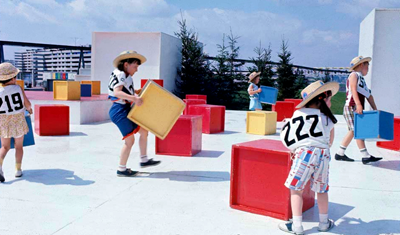
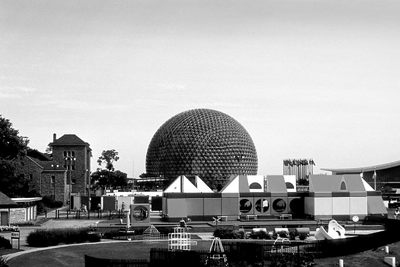
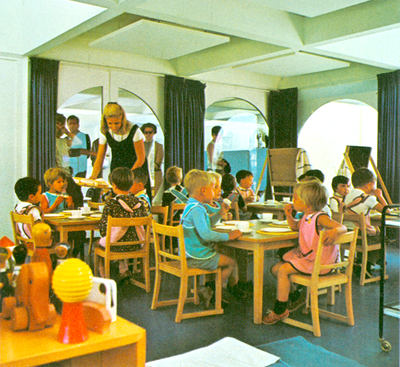
images: (1-5) personal collection
(2) flickr.com
(3) Dixon Slide Collection (mcgill.ca)
(4) Bill Cotter Collection
Labels: expo life, pavilions-a-gogo

4 Comments:
This is very cool! I never knew such a thing existed at Expo 67.
Unfortunately i was 2 years old when my parents carried me to Expo 67.My only memories of a kid's place was the Pavillon de la jeunesse in the former Germany pavilion during Man and his world,and of course Le monde des petits at La ronde.
All this stuff is so cool. I was wondering, though, there are other spaces for children around expo? Do you have any information pertaining to them? For instance, I would love to see some stuff on Children's World.
I attended the Vienna Kindergarten in 1967, as my father was a commissioner of one of the pavilions. I still remember after all these years.
Post a Comment